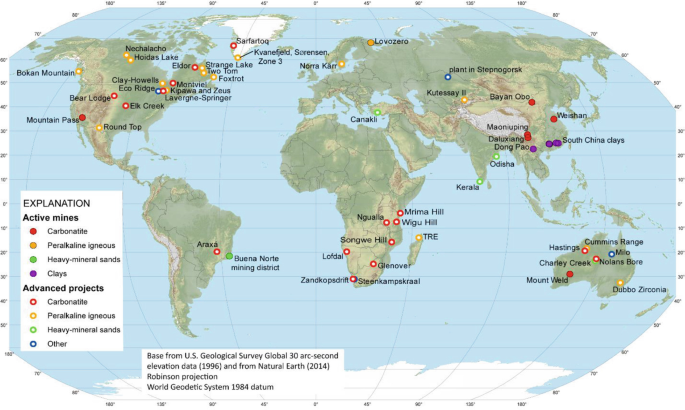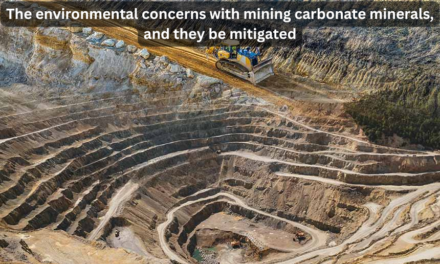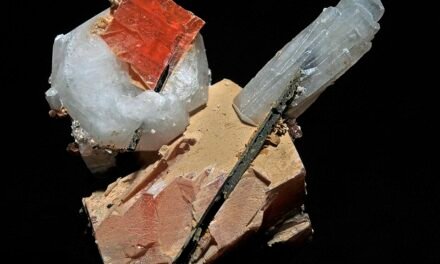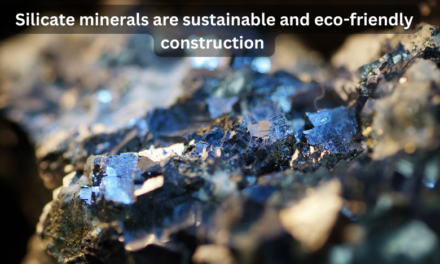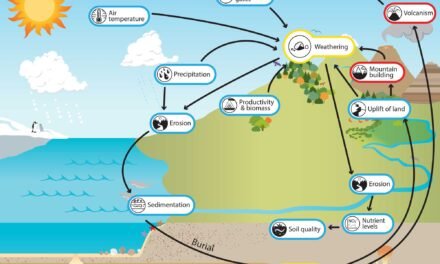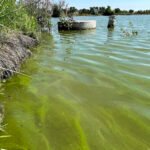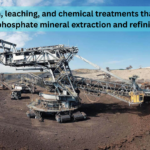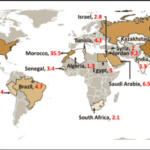Native element deposits form through a variety of geological processes that allow a single element to accumulate in its pure, elemental form. Unlike other mineral groups that form through the combination of multiple elements, native element deposits are composed entirely of one element. The formation of these deposits depends on geological conditions, such as temperature, pressure, chemical environments, and geochemical processes. Here’s an overview of how native element deposits form and where some of the largest global sources are located:
Formation of Native Element Deposits
- Magmatic Processes:
- Cooling of Magma: As magma cools, elements that are less soluble in the molten rock can crystallize in their pure forms. For example, native gold and native copper can precipitate from cooling magmatic fluids or molten rock. These deposits tend to form in veins or as nuggets in rocks.
- Examples: Native copper and native gold often form from magmatic processes, especially in porphyry copper or gold veins in igneous rocks.
- Hydrothermal Processes:
- Hot Fluids: When hot, mineral-rich fluids (often water-based) move through rocks, they can deposit elements that are present in high concentrations but not chemically bound to other elements. These fluids can carry dissolved metals like gold, silver, and copper, which precipitate as native elements under specific pressure and temperature conditions.
- Example: Gold is often found in hydrothermal veins, where it is precipitated from circulating fluids in quartz veins or vein systems.
- Weathering and Erosion:
- Physical and Chemical Weathering: Native elements can also form through the breakdown and erosion of parent rocks that contain them. Over time, weathering processes can release native gold or copper from rocks, where they are then transported and deposited in placer deposits (alluvial deposits formed by moving water).
- Example: Placer gold deposits, where gold is found in riverbeds, have been formed by the erosion of gold-bearing rocks over millions of years.
- Oxidation and Sulfide Alteration:
- Oxidation: Some native elements form from the oxidation of sulfide minerals. For example, copper can be found in its native state after oxidation of copper sulfide ores. The alteration process can release copper or silver in their pure forms.
- Example: Native copper often forms from the weathering and oxidation of copper sulfide ores in oxidized zones of mineral deposits.
- Metamorphic and Sedimentary Processes:
- Metamorphism: Under high pressure and temperature, metamorphic processes can help form native elements by altering the mineral composition of rocks and precipitating metals in their pure forms.
- Sedimentary: In some cases, native sulfur can accumulate in sedimentary environments, often in evaporite deposits from ancient seas or lakes where sulfur was precipitated as a pure element.
Largest Global Sources of Native Element Deposits
- Gold (Au):
- Formation: Gold is often deposited in hydrothermal veins and placer deposits. Large gold deposits are typically found in quartz veins or sedimentary rocks that have been altered by magmatic or hydrothermal activity.
- Largest Sources:
- South Africa: The Witwatersrand Basin is one of the world’s largest gold-producing regions, with extensive placer and hydrothermal deposits.
- China: China is also a major gold producer, with significant gold deposits found in Shandong and Henan provinces.
- Australia: Major gold deposits are located in Western Australia, particularly in the Kalgoorlie region, which is known for its gold mines.
- United States: The Carlin Trend in Nevada is one of the largest gold-producing regions in the world.
- Copper (Cu):
- Formation: Native copper is often found in magmatic and hydrothermal deposits. Placers and vein systems are the primary sources.
- Largest Sources:
- Chile: The Atacama Desert in Chile hosts the Chuquicamata and Escondida mines, which are two of the largest copper mines in the world.
- United States: The Keweenaw Peninsula in Michigan was historically a major source of native copper and still holds some of the largest deposits.
- Zambia: Zambia is another major producer of copper, particularly in the Copperbelt region.
- Silver (Ag):
- Formation: Silver often forms in hydrothermal veins with other metals such as lead and copper, or in placer deposits.
- Largest Sources:
- Mexico: Mexico is the world’s largest producer of silver, with major deposits located in Zacatecas and Durango.
- Peru: Peru is a major silver producer, particularly in regions such as Puno and Cusco.
- United States: The Comstock Lode in Nevada was historically one of the largest silver mines in the world.
- Platinum (Pt):
- Formation: Platinum deposits are usually associated with ultramafic igneous rocks, where they crystallize in the mantle before being brought to the surface by volcanic activity.
- Largest Sources:
- South Africa: The Bushveld Igneous Complex in South Africa holds the world’s largest reserves of platinum and is the leading global source of platinum production.
- Russia: The Ural Mountains and the Norilsk region are major sources of platinum in Russia.
- Diamond (C):
- Formation: Diamonds form under extreme pressure and temperature conditions deep within the Earth’s mantle, and are transported to the surface by volcanic eruptions, particularly in kimberlite pipes.
- Largest Sources:
- Russia: Russia is the leading producer of diamonds, with major mines such as Alrosa in the Siberian region.
- Botswana: Botswana, particularly the Orapa mine, is one of the largest producers of diamonds.
- South Africa: The Kimberley region in South Africa is famous for its diamond mines, including the historic Kimberley Mine.
- Sulfur (S):
- Formation: Native sulfur forms in volcanic deposits, hot springs, and sedimentary evaporite deposits where sulfur-rich gases are released.
- Largest Sources:
- United States: Texas and Louisiana are major sources of native sulfur, particularly from salt dome deposits.
- Indonesia: The Ijen volcano in Indonesia is known for its sulfur deposits, which are mined by local labor.
- Graphite (C):
- Formation: Graphite forms through metamorphic processes, where carbon-rich materials are subjected to high pressure and temperature. It is commonly found in schist and marble.
- Largest Sources:
- China: China is the largest producer of natural graphite, with significant deposits in regions like Liaoning and Jilin.
- India: India also has significant graphite reserves, particularly in the state of Tamil Nadu.
Conclusion
Native element deposits form through a variety of geological processes such as magmatic cooling, hydrothermal activity, weathering, and oxidation. The largest global sources of native elements like gold, copper, silver, platinum, diamond, sulfur, and graphite are typically found in regions with favorable geological conditions. These include volcanic and igneous rock formations, placer deposits, and hydrothermal systems, with significant mining operations in countries like South Africa, Chile, Mexico, Russia, and Botswana. The economic importance of these elements continues to grow due to their diverse industrial applications, including in electronics, jewelry, renewable energy, and manufacturing.
Hashtags
#NativeElementDeposits #NativeMinerals #ElementalMining #MineralDeposits #NativeMetalDeposits #GlobalMineralResources #ElementalExtraction #MiningGeology #NativeGold #NativeCopper #NativeSilver #MiningRegions #MineralExploration #MineralResources #PreciousMetals #GlobalMiningSources #NativeMineralsInNature #GeologicalResources #MiningGeologyExploration #MineralSupplyChain #SustainableMining

